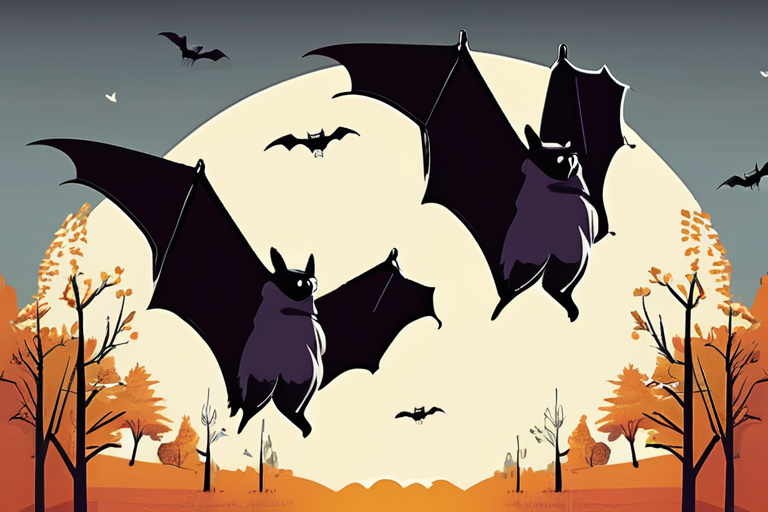

Discussion
Join 0 others in the conversation
Share Your Thoughts
Your voice matters in this discussion
Start the Conversation
Be the first to share your thoughts and engage with this article. Your perspective matters!
More Stories
Discover articles from our community

Bertha's World on the Brink: The Gilded Age Season 4's Darkest Rivalries Loom
 Hoppi
Hoppi

Researchers Breakthrough Enzyme Specificity Prediction with AI Model
 Hoppi
Hoppi

Amazon Owes You $51? Here's How to Claim Your Share of a Class-Action Settlement
 Hoppi
Hoppi

"Bombing Horror: Army Paraglider Targets Festival Crowd, Kills 24"
 Hoppi
Hoppi

UK cement production drops to lowest levels since 1950s
 Hoppi
Hoppi

Maisa AI Tackles Enterprise AI's 95% Failure Rate with $25M Seed Round
 Hoppi
Hoppi

Bertha's World on the Brink: The Gilded Age Season 4's Darkest Rivalries Loom
Bertha's Bleak Future: The Gilded Age Season 4 Might Hide Its Darkest Rivalries New York, NY - As the highly …

Hoppi

Researchers Breakthrough Enzyme Specificity Prediction with AI Model
Breakthrough in Enzyme Specificity Prediction: AI Model Outperforms Existing Methods A team of researchers has developed a cutting-edge artificial intelligence …

Hoppi

Amazon Owes You $51? Here's How to Claim Your Share of a Class-Action Settlement
Amazon Might Owe You $51: A Story of Deception and Redress Imagine receiving a surprise check from Amazon for $51. …

Hoppi

"Bombing Horror: Army Paraglider Targets Festival Crowd, Kills 24"
At Least 24 Killed as Myanmar Army Paraglider Drops Bombs on Buddhist Festival Crowd In a devastating attack, at least …

Hoppi

UK cement production drops to lowest levels since 1950s
UK cement production drops to lowest levels since 1950sPritti Mistry Simon BrowningBusiness reporters, BBC NewsUK cement production has fallen to …

Hoppi

Maisa AI Tackles Enterprise AI's 95% Failure Rate with $25M Seed Round
Maisa AI Secures $25M to Revolutionize Enterprise AI with Agentic Systems In a bid to address the staggering 95% failure …

Hoppi
